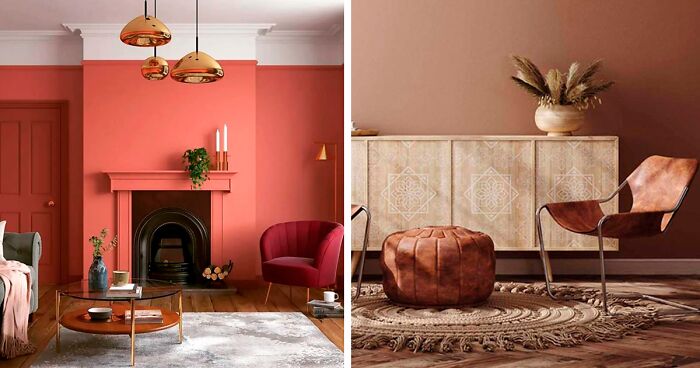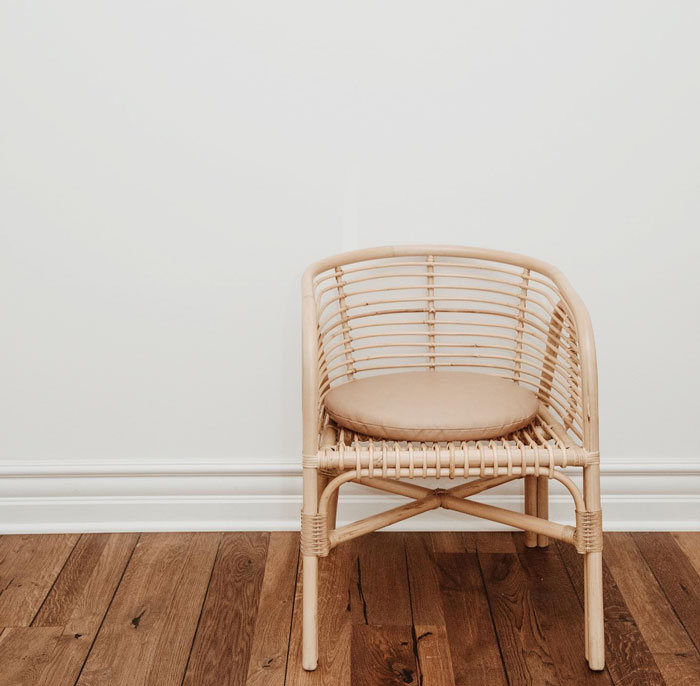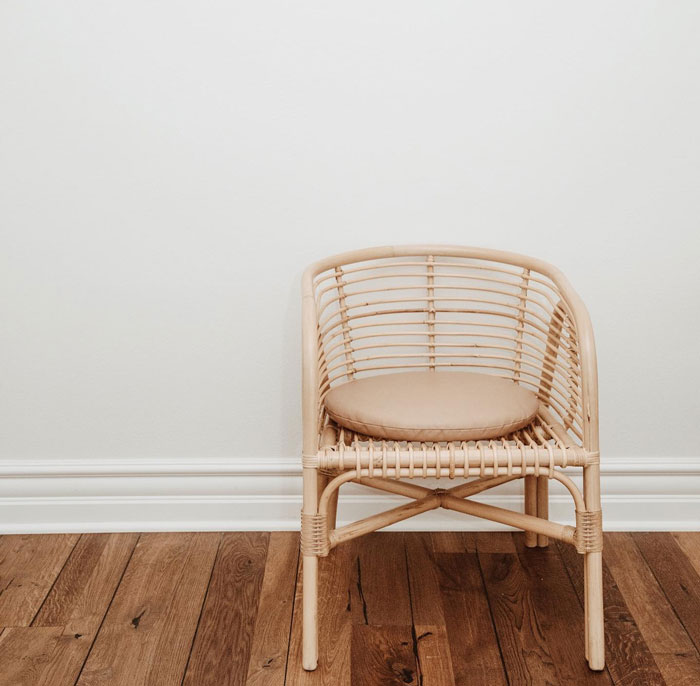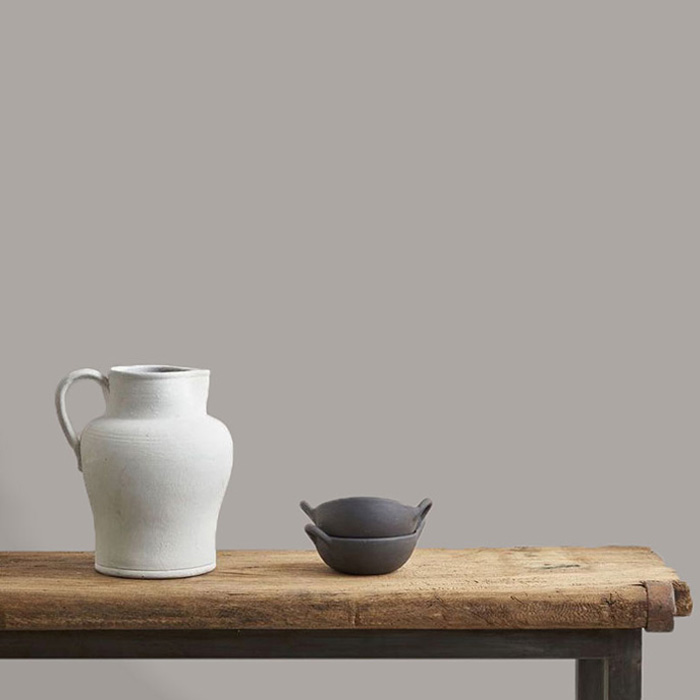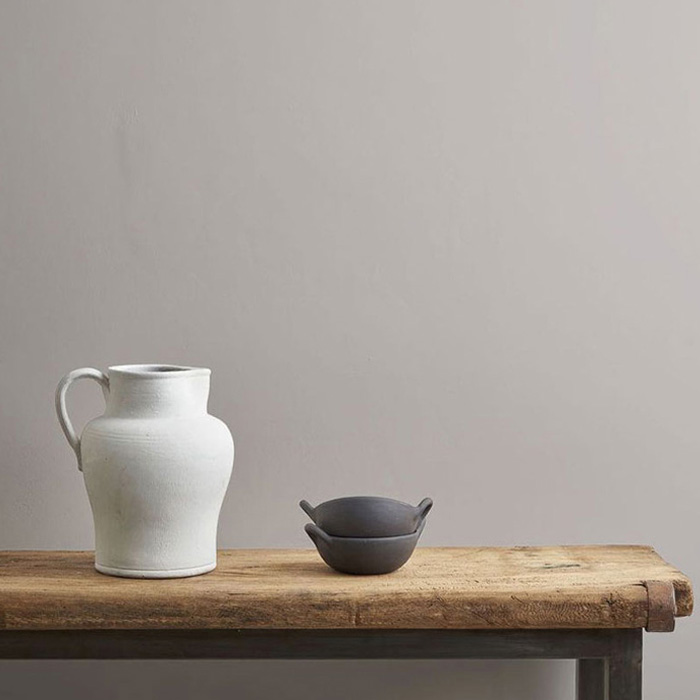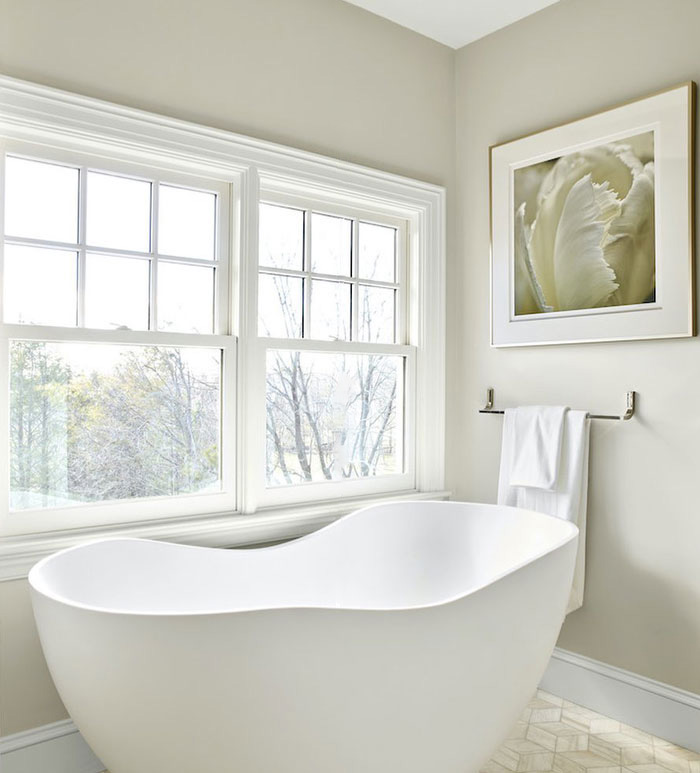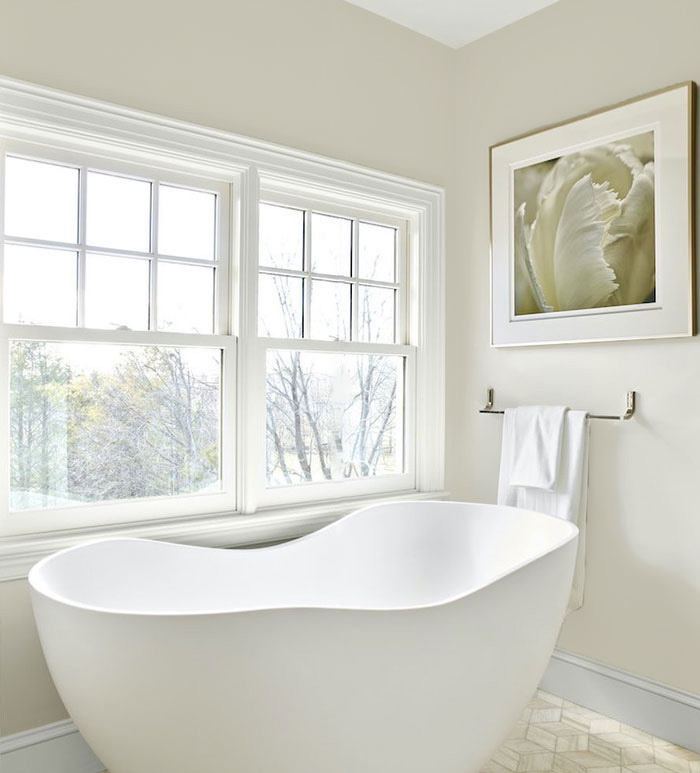Transforming a house into a dream home can be as simple as using a paintbrush. When giving your walls a makeover, let your personality shine by choosing colors that speak to you. Always opt for quality paint finishes that not only coat but also ensure long-term durability and maintenance of your surfaces.
The paint finish, whether flat or glossy, determines the shine and sheen of your walls. It will set in stone the appearance and performance of your chosen paint for many years. So, when making your decision, it’s best to go with a top-rated one, like the eggshell paint finish.
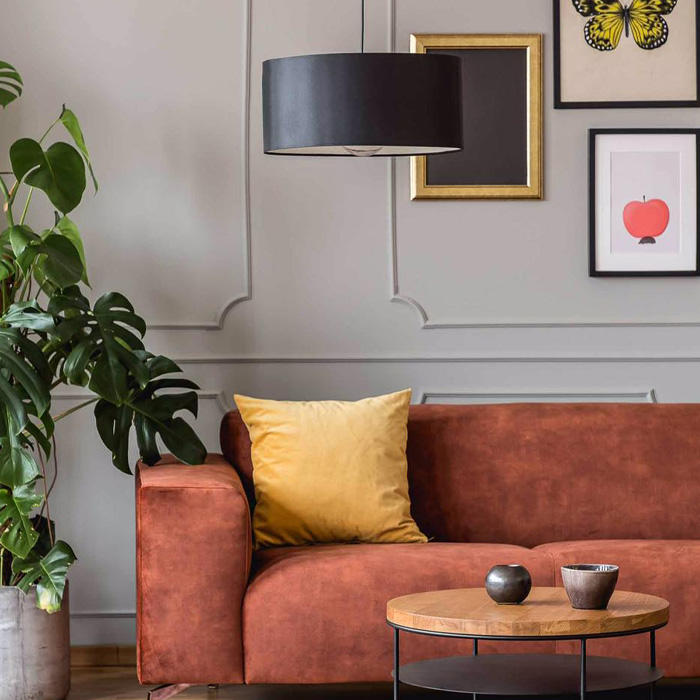
Image credits: coordonne.hu
Moreover, consider the overall look, room type, house design, natural light, wall texture, and architectural details for the best painting results. But, generally speaking, the award-winning finish for a perfect home is… *drum beats* eggshell paint!
The eggshell paint finish is the idealistic balance—not too shiny, not too flat, just right. Further in this article, we’ll unwrap the magic of eggshell finish that’ll turn your walls into a masterpiece! Without further ado, let’s uncover how to paint walls with a finish that will resonate for generations to come.
What is Eggshell Paint
Eggshell paint is the middle child between matte and satin with a soft, velvety finish. Not too glittery, not too dull, it reflects just enough natural light for a delicate, low-luster glow on the walls. Easy to care for and durable, it’s perfect for areas that need a touch of coating.
How would one describe eggshell paint color? While eggshell paint isn't a color itself but a finish, you can find it in various colors. Hence, when choosing an eggshell paint, you have a spectrum of options, allowing you to tailor the color to your specific taste.
Eggshell paint is commonly used in living rooms, bedrooms, dining rooms, hallways, and home offices, creating a smooth and elegant backdrop. While it’s not the go-to for high-moisture zones like bathrooms or kitchens, the eggshell white paint is particularly great for spaces you want to feel airy and feature a subtle glow.
Benefits of Using Eggshell Paint
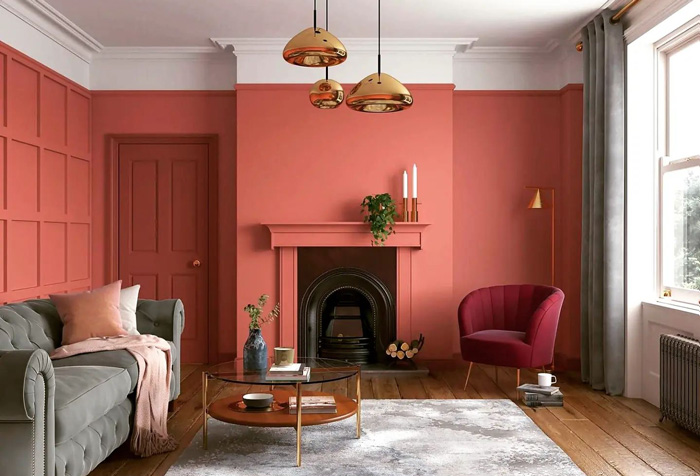
Image credits: _decor_delights
“If someone asks me ‘is eggshell or satin better for walls?’ or ‘What paint sheen should I use on walls?’ I ALMOST always say eggshell!” says interior stylist and DIY educator Tasha Agruso in her blog, Kaleidoscope Living. Having said this, let’s delve into why this paint finish is popular in house painting.
Easy to Clean
Eggshell paint isn't totally flat; Its small percentage of gloss helps prevent burnishings and prevents stains on the wall from soaking in. While not as easy to clean as satin surfaces, eggshell surfaces are still easier to clean than matte. Simply use a damp cloth and dish soap to clean the eggshell paint surface.
Accurate Color Match
The eggshell finish keeps it real! As a low-sheen, eggshell is best at absorbing rather than reflecting light. This leads to a precise paint color on the wall as if it just stepped out of the catalog.
Hides Wall Imperfections
The eggshell finish creates even and regular surfaces, hiding wall imperfections such as bumps, grooves, and pitting. Its low sheen level makes the eggshell finish a “beauty filter” on the surfaces.
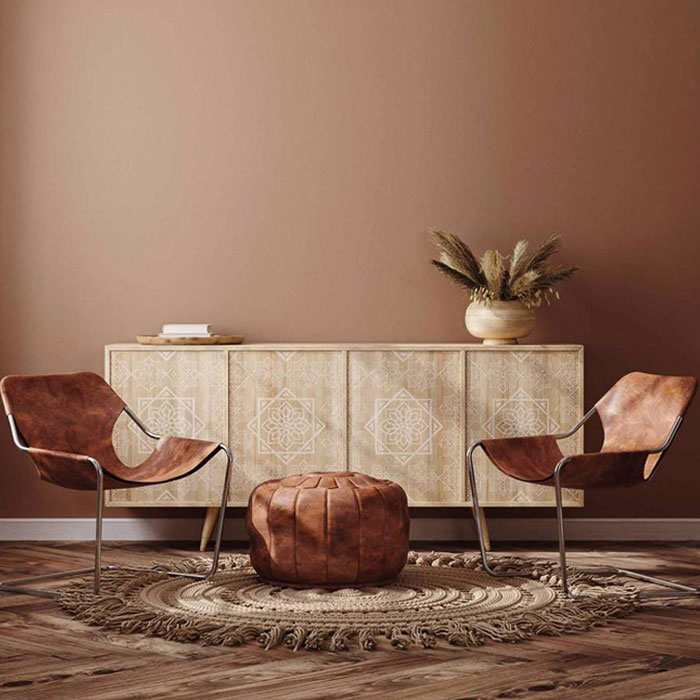
Image credits: coordonne.hu
Suitable for Most Rooms
Eggshell is the chameleon of paint finishes, easily coating every paint color. It’s perfect for medium-traffic areas like most rooms in the house and workplaces. However, avoid using it in high-moisture areas like kitchens or bathrooms that often need cleaning.
Highly Adaptable
It’s hard to find a surface in which eggshell paint doesn’t fit. From walls to primed metal surfaces, the eggshell can turn into a stylish and durable finish on every surface. Use eggshell paint on wood furniture, skirting boards, wardrobes, and kitchen cabinets to add a subtle luster and make it look stylish.
Adds Gentle Glow
Eggshell paint, reflecting more light than a matte finish, imparts a soft glow. It’s the preferred choice for interior designers and homeowners seeking a stylish and uniform aesthetic.
Easy to Apply
Glossy paint finishes often result in visible rows from rollers and paint brushes. In contrast, as a low-sheen option, eggshell paint is easy to apply, ensuring a smooth surface by moving the rollers from wet to dry areas.
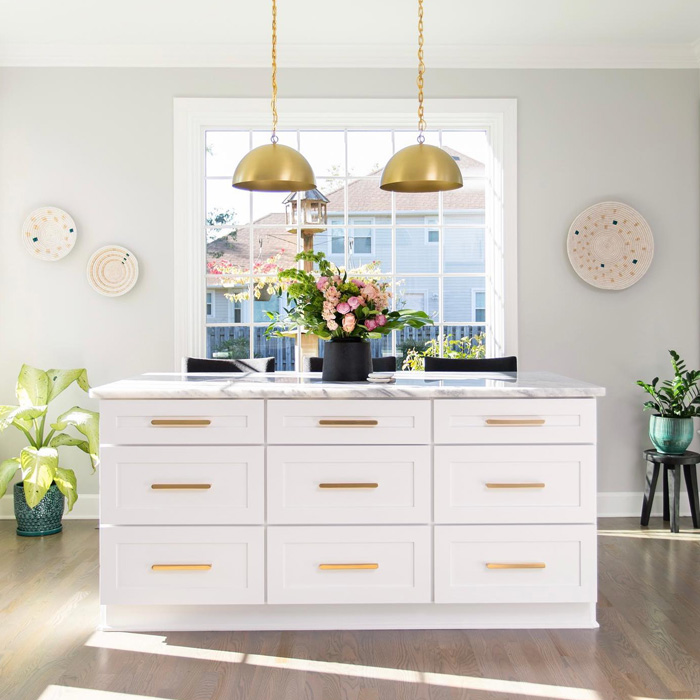
Image credits: ecospaints
When Eggshell Might Not Be an Ideal Finish
If your house walls could talk, they’d whisper, ‘Choose eggshell, darling!’ But this isn't necessarily true for all surfaces in the house. Here’s when the eggshell finish is better as an alternative than a first choice.
Frequent Washing is a No-go
Eggshell paint isn't ideal for surfaces that need regular washing, such as every 2–3 days. If your bathroom, kitchen, or kids’ bedroom requires frequent cleaning, opt for something other than the eggshell finish.
Challenging to Touch-up
If you’re contemplating using eggshell paint in a high-traffic area that might need regular touch-ups, don’t. Trying to touch up eggshell coating isn't advisable because it doesn’t fully conceal repainted areas with scuff marks. It’s more of a ‘once-and-forever’ type of paint finish.
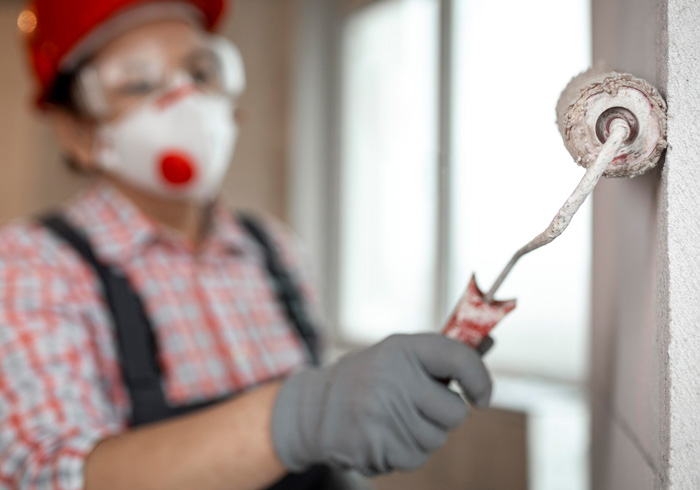
Image credits: freepick
No-go for Doors and Trim
Eggshell might be the main act for walls, but when it comes to doors and trim, it’s best to go for glossy finishes that are easy to clean and touch up.
Medium Durability
Eggshell paint effectively tackles scuffs and marks and is more durable than flat matte finishes. Still, eggshell paint is less durable than satin, semi-gloss, and high gloss finishes.
Where to Use Eggshell Paint
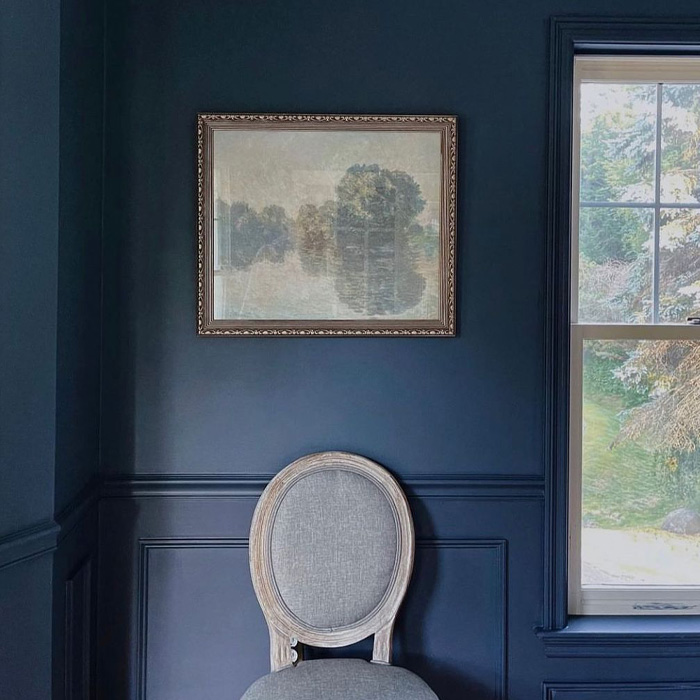
Image credits: ecospaints
Use eggshell paint finish in rooms that don’t pick up dirt. With its low-luster glow, eggshell paint helps house colors and furniture to take center stage. Hence, consider an eggshell finish for rustic, farmhouse, or cottage-style furniture. Room-wise, the eggshell paint shines in these spaces:
- Living Rooms
- Bedrooms
- Dining Rooms
- Hallways
- Home Offices
- Finished Basements
Where Eggshell Paint Might Not Be Your Best Bet
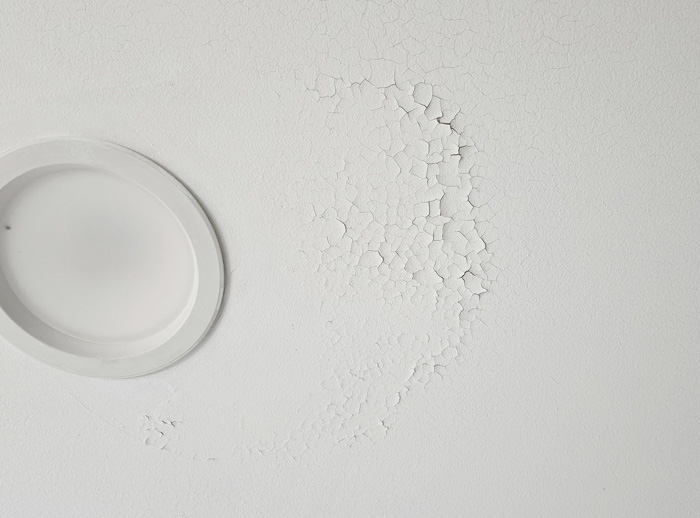
Image credits: dilligafm
Surfaces that need frequent touch-ups benefit from stronger finishes than eggshell. High-traffic areas and the surfaces listed below favor more durable options like semi-gloss or super shiny paint:
- Kitchen
- Doors and trim
- Powder room
- Ceilings (usually, matte holds the crown here)
Eggshell Paint vs Other Finishes
Why is eggshell more preferred than the rest? Let’s delve into how eggshell finish stands out in terms of appearance, durability, usage, and costs.
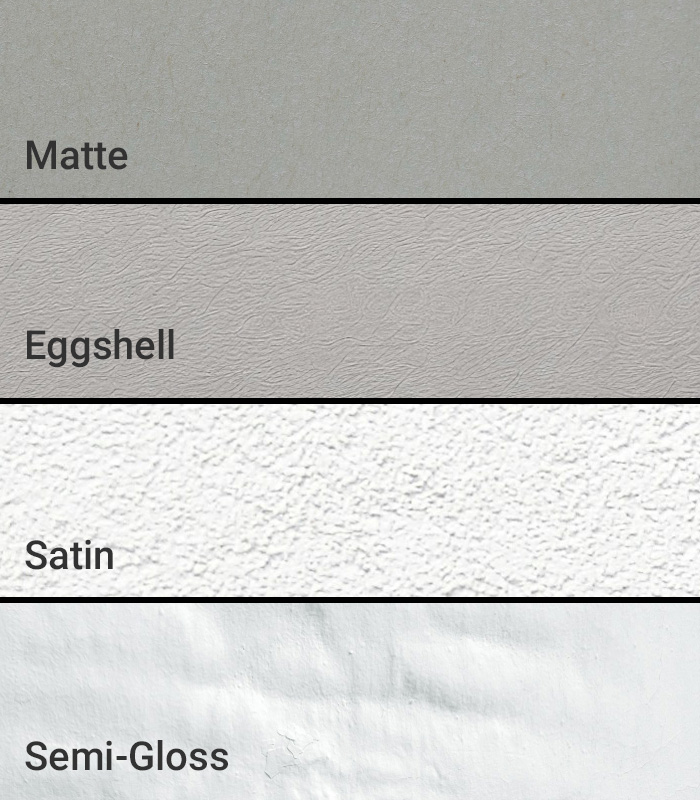
Eggshell Paint vs Flat Paint
The nearly non-glossy duo of eggshell and flat finishes sit right next to each other. However, homeowners prefer them selectively for the following reasons:
Appearance: The subtle gloss difference between eggshell and matte brings distinct vibes to interiors. Eggshell, with its subtle gloss, adds a delicate glow. On the other hand, a flat paint finish has almost zero shine, resulting in a matte look.
Durability: Eggshell paint finish is more resistant to scuffs and marks compared to flat matte. However, flat paint is better at covering imperfections but is more challenging to clean.
Usage: Flat finishes are best for surfaces like ceilings because they don’t frequent cleaning. If you’re wondering how to clean flat paint walls or other matte surfaces, wipe them with a soft cloth using mild, soapy water and non-abrasive cleaners.
Costs: On the cost front, eggshell tends to be slightly pricier than matte due to its enhanced durability, gloss level, and washability.
This post may include affiliate links.
Eggshell Paint vs Satin
Eggshell and satin, while closely related, reveal subtle differences when applied side by side. Though nearly invisible at first glance, painting two surfaces with satin and eggshell will showcase their distinct finishes.
Appearance: Eggshell has a subtle glow with a low luster, resembling a muted tone closer to a flat finish. Satin is slightly shinier and delivers a smoother, more elegant finish.
Durability: Eggshell excels at concealing imperfections, while satin shows more wear and tear marks. However, satin is generally more durable than eggshell.
Usage: Eggshell is best used on walls and furniture in medium-traffic areas. Satin is best in areas like kitchens and bathrooms, where frequent cleaning is necessary.
Costs: Eggshell tends to be a more budget-friendly option than satin. The glossier the paint finish, the pricier it gets.
Eggshell Paint vs Semi and High Gloss Paint
Semi-gloss and high gloss paints, with their high-sheen finishes, surpass the eggshell finish on the sheen spectrum. Semi-gloss aligns closely with satin, while high gloss is the most sparkling sheen. Both visually differ from the eggshell finish.
Appearance: Eggshell sits between matte and satin and has a subtle glow. Semi-gloss sits between satin and high gloss (the shiniest finish). So, the main difference lies in the brilliance they impart to the surface.
Durability: Eggshell excels in wall coverage, while glossier paints may accentuate flaws. However, semi-gloss and high gloss finishes are more durable and easier to clean than eggshell finishes.
Usage: Eggshell is a practical finish for spacious rooms, while glossy surfaces are best reserved for specific spots, such as the staircase. Semi-gloss finishes are also suitable for high-traffic areas like kitchens and bathrooms as they’re easier to clean. However, their dazzling finish is more suitable for cabinets, doors, and trims rather than entire walls. High gloss, reflecting light like a mirror, should be reserved for making visually bold statements.
Costs: Semi-gloss finishes are pricier than eggshell due to added durability and high sheen. Furthermore, high gloss finishes are the most expensive due to their high sheen level, washability, and durability.
How to Apply Eggshell Paint Like a Pro?
Eggshell finish or not, the first step to painting and coating proficiently is having a well-prepared surface. Ensure your walls are clean, dry, and free of any imperfections.
Ensure you use high-quality brushes and rollers specifically designed for the eggshell finish to achieve a flawless application. Rather than risking the need for touch-ups, follow these tips to apply eggshell paint like a pro:
- Clean, patch, smooth, and prime the surface for a flawless application.
- Use synthetic brush and knit roller covers specifically designed for eggshell paint.
- Slightly dampen the surface for smooth paint application.
- Thoroughly stir the eggshell paint to maintain a consistent texture.
- Apply the paint with smooth, even strokes in manageable sections.
- Don’t rush the process; allow each coat to dry before adding another.
- Use painter’s tape and a flat paintbrush to protect edges and trim for clean lines.
- Avoid visible marks by maintaining a wet edge while painting.
- Ensure proper ventilation to aid drying.
How to Maintain Eggshell Paint Finish
After applying eggshell paint and admiring the stunning result on your walls, the journey isn't over. To ensure those walls remain flawless for years, you must establish a good maintenance routine and be prepared for possible repairs and touch-ups.
Cleaning
To preserve the perfect look of your eggshell-painted surfaces, use a damp cloth with a mild cleaning solution. Avoid harsh abrasives as they can damage the finish. Periodic gentle cleaning helps maintain the subtle sheen.
Repairs and Touch-ups
Although eggshell covers wall flaws and does it well, it doesn’t tolerate fixing imperfections once the layer is on. Keep in mind that touching up can be a bit tricky due to the paint’s subtle sheen. It’s often best to reapply it across the entire surface rather than focusing on a few spots.
Image credits: Blue Bird
Picasso once said: “Some painters transform the sun into a yellow spot. Others transform a yellow spot into the sun”. So, what kind of painter do you want to be for your house? The one that invites the sun in with vibrant, warm colors on glossy walls, or the one that touches the moon with a calm, neutral palette on matte walls?
While you’re thinking of a response, why not share this article with fellow paint enthusiasts? Also, join the conversation in the comments and share your favorite paint finish!

 Dark Mode
Dark Mode 

 No fees, cancel anytime
No fees, cancel anytime 






